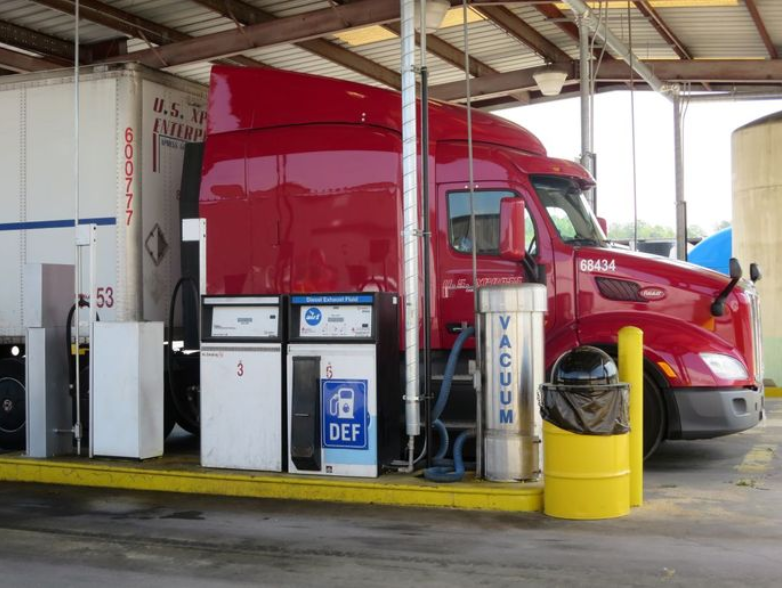
Saving money on fuel costs is more important than ever these days as prices at the pump seem to be going higher and higher. This is true for both commuters and trucking professionals, but the trucking industry is especially vulnerable to high gas prices due to the nature of the job.
If you want to get more miles from your fuel dollar, check out the following five tips to include in your fuel program, including some from Sokolis Group:
1. Leverage Your Negotiation Skills
The foundation for extended tire life lies in selecting the appropriate tires for the specific application. Tire manufacturers engineer casings and compounds tailored to diverse needs, like reducing rolling resistance for long-haul tires or resisting curbing for P&D tires. Mismatching tires with intended applications can lead to irregular wear or damage, underscoring the importance of alignment between tire purpose and usage.
Whether this means using a fuel card or loyalty program or it means negotiating group or bulk discounts with a supplier, it never hurts to negotiate a good deal to save a little bit on your fleet’s fuel.
2. Evaluate Fuel Margins
In keeping with the above, remember that negotiations need to incorporate the margins of the fuel industry. Consider using benchmarking by taking a look at the Oil Price Information Service as a way to give yourself some leverage while also remaining in realistic territory.
3. How Much Fuel Do You Need?
Interestingly enough, many fleet managers and owners are unaware of the amount of fuel their company purchases or uses. This is often the case for larger operations where it can be tougher to track individual rig expenses day to day, but knowing these figures can help you look for ways to cut costs and expand your buying power.
For example, if you know your fleet buys 100,000 gallons of fuel per month, you can then examine ways to consolidate your purchases to save money. Can trucks be routed in a different way to have them get fuel from specific vendors? Would working with a mobile vendor save money over traditional fueling?
4. Consider Modern Fueling Options
Speaking of fueling options, have you considered yours? In the past, on-site fuel tanks at shops were the go-to solution to keep rigs topped off, but these days, they make less and less sense. The upkeep and regulations required to maintain an underground tank on-site can be a headache, and there are now many options out there in terms of fuel chains that may make more sense.
As stated above, mobile fueling is another option that many fleet managers are turning to in order to reduce fuel costs and ensure drivers always have a full tank. This is again where negotiating skills can come in handy.
5. Conduct an Audit
Everyone is busy these days, especially in the trucking industry. During the Covid-19 pandemic, it was easy to let things slide simply because the trucking industry was in a state of chaos. As things have calmed down and are heading back toward normalcy, take a moment to audit your fuel costs. You may be surprised to see that there are ways to reduce costs by catching and correcting errors that may have slid under the radar in recent years.

